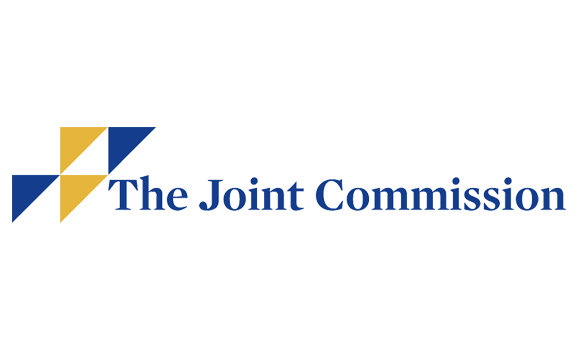Heart disease trial supports less-invasive alternative to SAVR, CABG surgery

Editor's Note Contrary to previous findings, less-invasive percutaneous intervention combining fractional flow reserve (FFR)-guided percutaneous coronary intervention (PCI) with transcatheter aortic valve replacement (TAVR) could be a viable alternative to surgery for patients with severe aortic stenosis (AS) and concomitant obstructive coronary artery disease (CAD). That’s according to the results…
Mayo Clinic evaluates impact of OR design on team performance, efficiency

Editor's Note Designing ORs with a focus on patient flow, room organization, and the needs of surgical teams can reduce burnout while improving workplace positivity and patient outcomes. That’s according to an April 9 report from Mayo Clinic, where researchers recently integrated 3D space capture technology with traditional focus groups…
Live, augmented reality surgery marks milestone for bariatrics, Apple Vision Pro

Editor's Note Indian surgeons used the Apple Vision Pro augmented reality (AR) headset for the first time in a live bariatric surgery in New Delhi, according to a May 20 report from New Delhi Television Ltd (NDTV). Including a sleeve gastric bypass and a Single Anastomosis Duodenal-Ileal (SADI), the May…
The Joint Commission releases annual Sentinel Event Data Report

Editor's Note According to the annual Sentinel Event Data Report, The Joint Commission received 1,411 reports of sentinel events—an event not related to the natural course of an illness or condition that causes severe harm, permanent harm or death—in 2023. Of that total, 96% of events were voluntary self-reported by…
Study: Surgical team diversity improves patient outcomes

Editor's Note The more diverse the surgical team, the better the outcomes for patients and the lower the cost of care, according to a study of more than 700,000 operations at 88 hospitals in Ontario, Canada. Published May 15 in the British Journal of Surgery, findings show that surgeon-anesthetist teams…
WHO guidelines target catheter-caused infections

Editor's Note New World Health Organization (WHO) guidance aims to prevent the occurrence of bloodstream and other infections caused by improper use of catheters during medical procedures. Released May 9, the global guidelines focus on insertion, maintenance, and removal of catheters during medical procedures, which can damage organs and cause…
Wearables could help surgeons maintain healthy posture during lengthy procedures

Editor's Note Wearable technology is a useful means of mitigating the risk of musculoskeletal disorders in surgeons by providing biofeedback on posture during lengthy operations, according to a recent study in Journal of Nuerosurgery: Spine. In an April 22 report, AZO Sensors details how researchers from Baylor College of Medicine collaborated with…
Physician opinions on generative artificial intelligence reverse course, trend positive

Editor's Note Nearly 7 in 10 physicians responding to a recent Wolters Kluwer Health survey report that their views on the healthcare benefits of generative artificial intelligence (AI) have shifted in a positive direction during the past year. Detailed in an April 16 report, the survey also reveals that 40%…
Surgical site infections often caused by preexisting bacteria

Editor's Note Most healthcare-associated surgical site infections are not caused by pathogens acquired in the hospital, but by previously harmless bacteria already present on patients’ skin prior to being admitted, according to a study published April 10 in Science Translational Medicine. Surgical site infections account for the highest annual costs…
The Joint Commission launches new telehealth accreditation program

Editor's Note Effective July 1, telehealth providers can apply for a new Joint Commission accreditation designed to ensure safe, high-quality care. Announced April 23 by The Joint Commission, the new Telehealth Accreditation Program is designed for organizations that exclusively provide care, treatment and services via telehealth. Hospitals and other healthcare…

 Free Daily News
Free Daily News